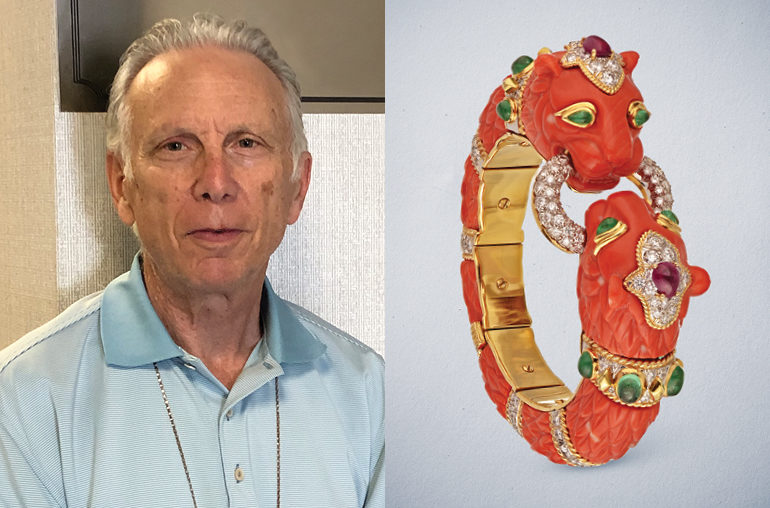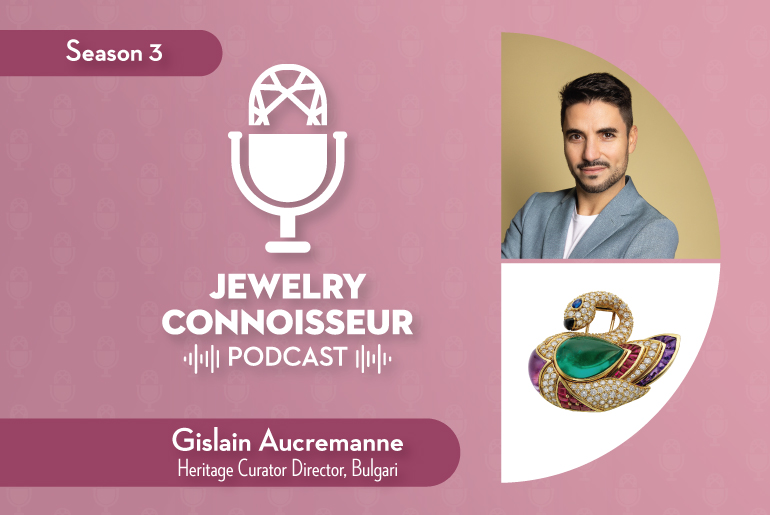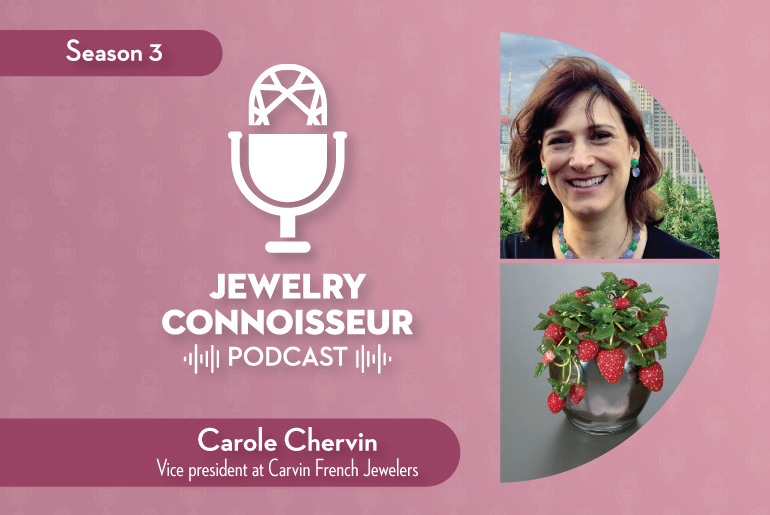The estate-jewelry sector has fared well during the Covid-19 crisis as customers have continued to show interest in designer goods, dealer Rick Shatz tells Rapaport Editor in Chief Sonia Esther Soltani in a new episode of the Jewelry Connoisseur Podcast.
Shatz, who studied aerospace engineering, got his first job in the industry at Harry Winston sorting diamonds, before moving to New York’s 47th Street and becoming a dealer in the 1970s. In 1985, he launched a business dealing with secondhand diamonds. “My engineering background helped me a lot because a lot of secondhand diamonds needed repair and fixing in order to bring the most out of them. And I was able to somehow conceptually look at a diamond and be able to see that,” Shatz says. The company later added estate jewelry to its offering through collaborations with high-end retailers looking to liquidate their excess stock.
Having witnessed many crises in his 50 years as a dealer, Shatz notes that Covid-19 hasn’t affected the estate sector. Higher-end clients — on whom the pandemic has taken a lower toll — have still bought signed pieces, perhaps seeing security in these purchases, he says.
“Even when things were really at the peak and it was terrible back in March, April, we were getting tremendous inquiries about these signed pieces and people wanting to buy,” the veteran New York-based diamond trader reports.
Signed jewelry by Cartier, David Webb, Bulgari, Tiffany & Co., and Van Cleef & Arpels is the most in demand, with the Art Deco era being a firm favorite.
Vintage jewelry seems assured to keep attracting collectors looking for competitive prices and enticing designs. “In the secondhand [market], you can buy real bargains. It’s a market that’s considerably below what the retail sells for. And I think this attracts a lot of people,” says Shatz.
To listen to the Jewelry Connoisseur Podcast, click below.
Main image: Rick Shatz; David Webb coral and gem-set bracelet.





Comments are closed.